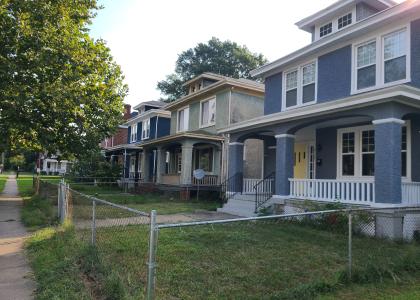In October 2015, the Environmental Protection Agency (EPA) published its Clean Power Plan (CPP) final rule, regulating greenhouse gas emissions from existing power plants. Now that the final rule has been released, policymakers, state governments, utility and power plant owners, and other stakeholders are weighing their options to reduce carbon dioxide (CO2) from the power sector for compliance with the rule. As states consider plans to submit to EPA, they will want to evaluate the costs of their compliance options, but comparing different strategies can be complex. To assist states in exploring the cost and pollution reduction potential of different options, ACEEE has created the State and Utility Pollution Reduction Calculator Version 2 (SUPR 2). This tool is an updated version of the SUPR Calculator, originally released by ACEEE in April 2015. SUPR 2 reflects the new data and requirements in EPA’s Clean Power Plan final rule (the previous version was based on the draft rule).
The purpose of the SUPR 2 calculator is to provide policymakers and stakeholders with a rough estimate of some of the costs and benefits of different policies and technologies that could help a state meet its air quality goals. Users can select from a list of 19 different policies and technologies—including energy efficiency, renewable energy, nuclear power, emission control options, and natural gas—to build a compliance scenario for their state. SUPR 2 shows users how much their scenario will cost and what they will get for that investment in just 4 easy steps:
For example, under the CPP, Pennsylvania is required to reduce its emissions by 25%, relative to its 2012 adjusted emissions baseline. In SUPR 2, you can pick from our options to see what you would need to do to comply with the rule. If you select an annual 1.5% energy savings target, building codes (high), combined heat and power (medium), ESCO programs, and utility-scale solar PV (high), the results show that those policies together can achieve a 20% reduction in 2012 emissions, at a lower cost than many other compliance options. In addition, you can see in the figure—one of many in the calculator—how close the selected policies get the state to its goal.
SUPR 2 results for Pennsylvania
SUPR 2 is an easy-to-use tool for exploring the cost and pollution reduction potential of a variety of compliance options. Try out the SUPR 2 calculator to see how your state could comply with the CPP. Please contact Cassandra Kubes (ckubes@aceee.org) for more information about SUPR 2, or for help understanding your state’s results. Visit ACEEE’s 111(d) webpage for more resources on incorporating energy efficiency as a CPP compliance strategy, and our joint NASEO-ACEEE State 111(d) Resource Hub for our Answers to State Questions (ASQ) forum for state officials.





